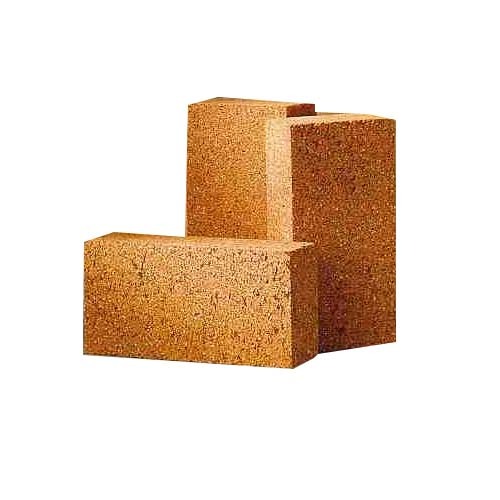Product Search
Quickly find the product you need
Products List
Refractory Knowledge
- Classification of mullite insulation bric
- the development of the refractory brick i
- Production Process Methods of Refractory
- Aggregates Used For the Production of Ins
- Pollution and treatment in the production
- Pros and cons of lightweight mullite bric
- Refractory material production process
- Manufacturing process of fire clay insula
- The Use of Mullite Insulation Bricks
- Thermal Shock Resistant Fireproof Heat In
Products List
- Phone:0086-370-63838939
- Email:sales@sunriserefr.com
- Office Address: No.36 Fengchan Road Of Zhengzhou, Henan, China (Mainland)
Sunrise Refractory, the Best Mullite Bricks Wholesales
Date:2019-01-29 16:20 | From:Zhengzhou Sunrise Refractory | Author:admin
There are three methods for producing lightweight mullite bricks at home and abroad: the foam method, the additive burning method and the gasification method.
The foam method is used to manufacture a light mullite brick by mixing a foaming agent, a stabilizer and water in a certain ratio, first forming a foaming liquid, then mixing with the slurry, casting, curing, drying, baking and firing. In the same process, a light mullite brick with high porosity is produced. Although high-quality lightweight mullite bricks can be produced, the processes are numerous, complicated, and have a long production cycle, low production efficiency, and high cost.
The additive smoldering method produces light mullite bricks by adding a part of combustible additives such as wood chips, polystyrene, coke, etc. When the bricks are fired, the combustible additives are rapidly burned, and the position of the additives becomes Stomata. This brick with a high porosity and low density becomes a light mullite brick. The method has simple production process, short production cycle, low cost and high production efficiency.
 The gasification process for producing light mullite bricks refers to the introduction of a substance capable of generating a chemical action and generating a gas in a batch, and a chemical method is used to obtain a bubble, thereby producing a brick having a high porosity and a low density. The production process of this method is simpler than the foaming method, the production cycle is long, the cost is high, and it is rarely used in actual production.
The gasification process for producing light mullite bricks refers to the introduction of a substance capable of generating a chemical action and generating a gas in a batch, and a chemical method is used to obtain a bubble, thereby producing a brick having a high porosity and a low density. The production process of this method is simpler than the foaming method, the production cycle is long, the cost is high, and it is rarely used in actual production.
The foam method is used to manufacture a light mullite brick by mixing a foaming agent, a stabilizer and water in a certain ratio, first forming a foaming liquid, then mixing with the slurry, casting, curing, drying, baking and firing. In the same process, a light mullite brick with high porosity is produced. Although high-quality lightweight mullite bricks can be produced, the processes are numerous, complicated, and have a long production cycle, low production efficiency, and high cost.
The additive smoldering method produces light mullite bricks by adding a part of combustible additives such as wood chips, polystyrene, coke, etc. When the bricks are fired, the combustible additives are rapidly burned, and the position of the additives becomes Stomata. This brick with a high porosity and low density becomes a light mullite brick. The method has simple production process, short production cycle, low cost and high production efficiency.


